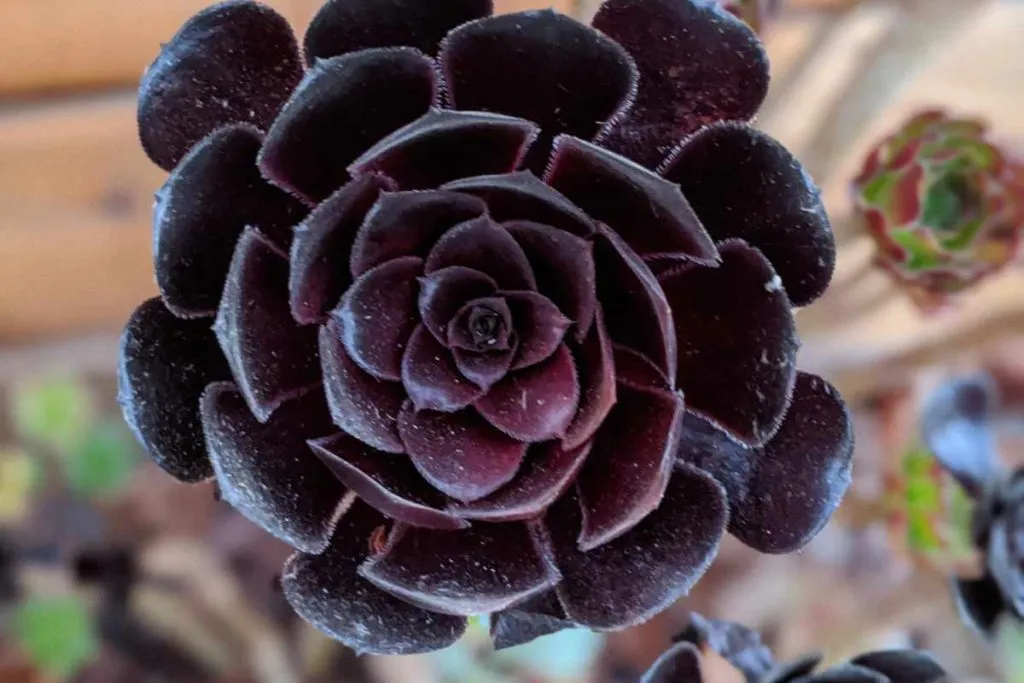The Bottom Line
For most, the ideal time to plant succulents outside is in late spring and summer after the threat of frost has passed and temperatures start to warm up.
Or was that the top line? When you plant succulents outside, choose a location with plenty of sun exposure and well-draining, nutrient-poor soil. Space succulents adequately and plant at the proper depth. Water succulents sparingly after planting until established. Limit fertilizing and pruning newly planted succulents.
Keep reading for more information on the right time to plant succulents outside and how to have the best success doing so!
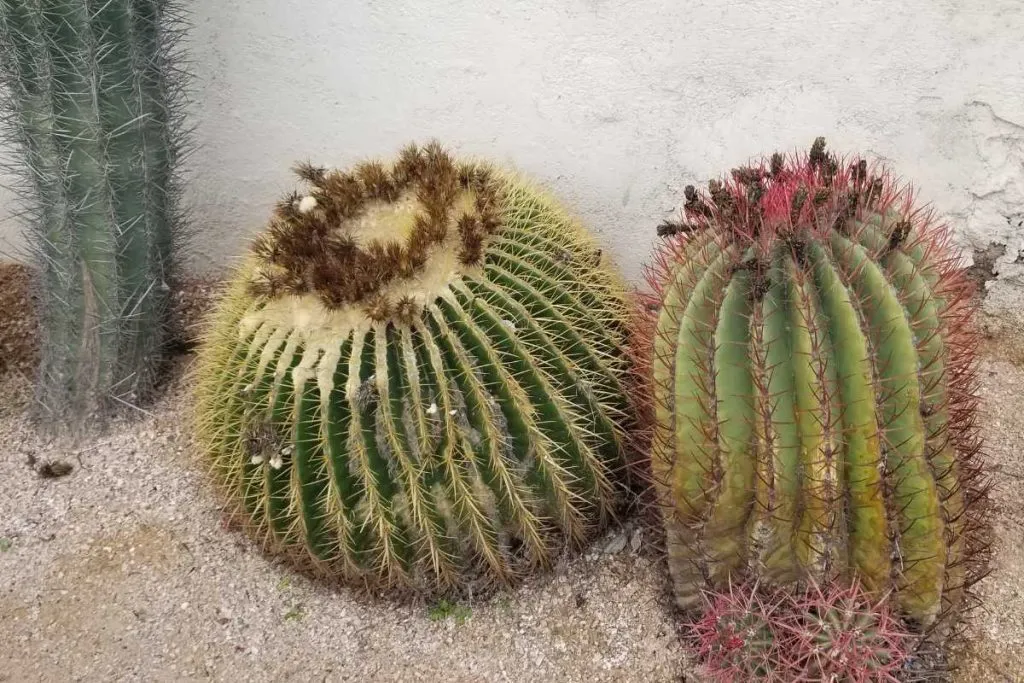
Dig in!
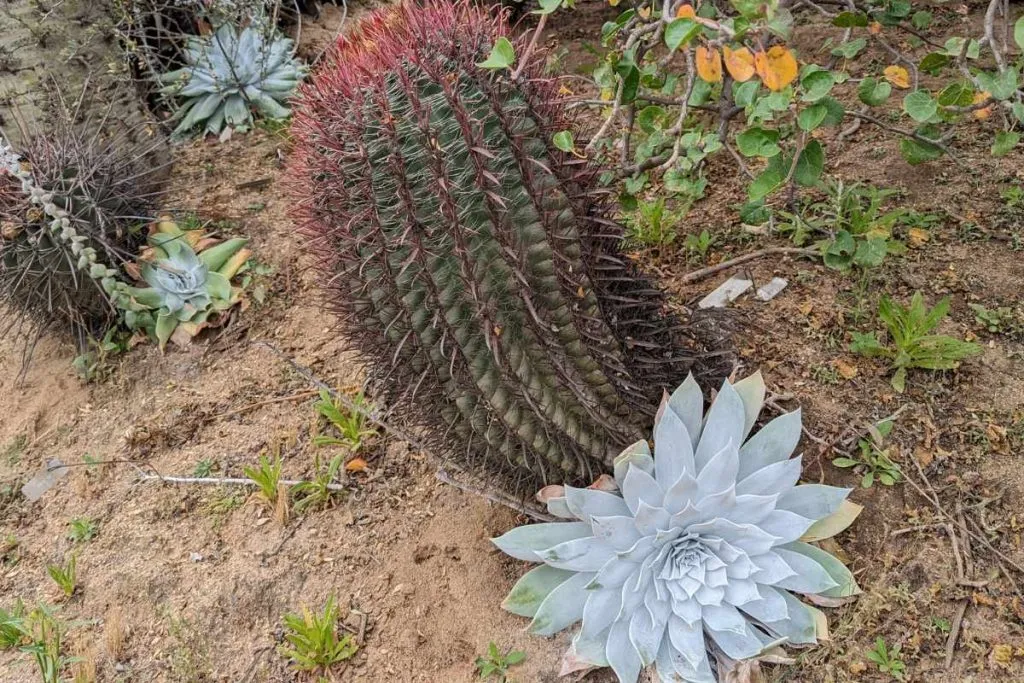
Weather Conditions
Temperature
The ideal temperature to plant succulents outside is during the spring and summer when the weather starts to warm up. Succulents can tolerate heat but not frost. Wait until after the last frost to plant succulents outside. Daytime temperatures of 65 to 80 F are perfect for newly planted succulents.

Sun Exposure
Succulents need full sun exposure for at least 6 to 8 hours a day. Plant succulents in an area that gets plenty of direct sunlight during the day such as near a sunny wall. Limited sun exposure can cause succulents to become leggy as they stretch out in search of more light.
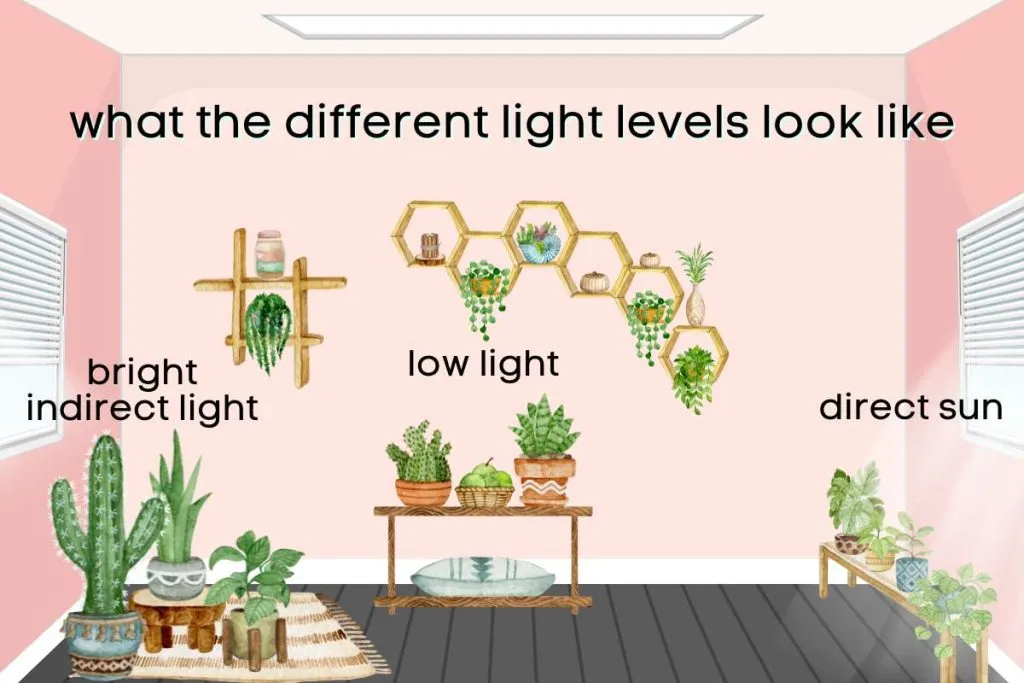
Rainfall
While succulents are drought tolerant, too much rain especially right after planting can cause root rot. Plant succulents outside during a period of little or average rainfall. The summer rainy season is typically not an ideal time to plant succulents outside. Newly planted succulents need time to establish themselves before heavy rain. Otherwise, you’ll run into problems with root rot or your succulents not being secured well in the ground.
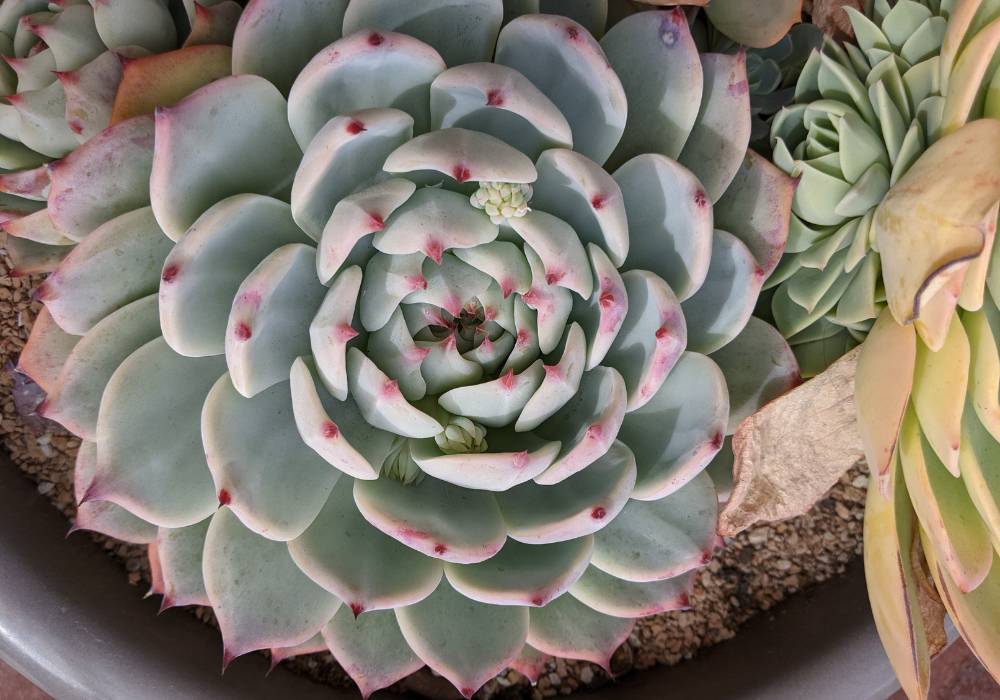
Soil Conditions
Well-draining soil
Succulents do not like to sit in wet soil and need a well-draining planting medium. A mixture of perlite, coarse sand, and potting mix or cactus mix works well. A good rule of thumb is to start with 2 parts potting mix to 1 part perlite and 1 part sand and adjust the mix as needed to your local conditions before you plant succulents in it.
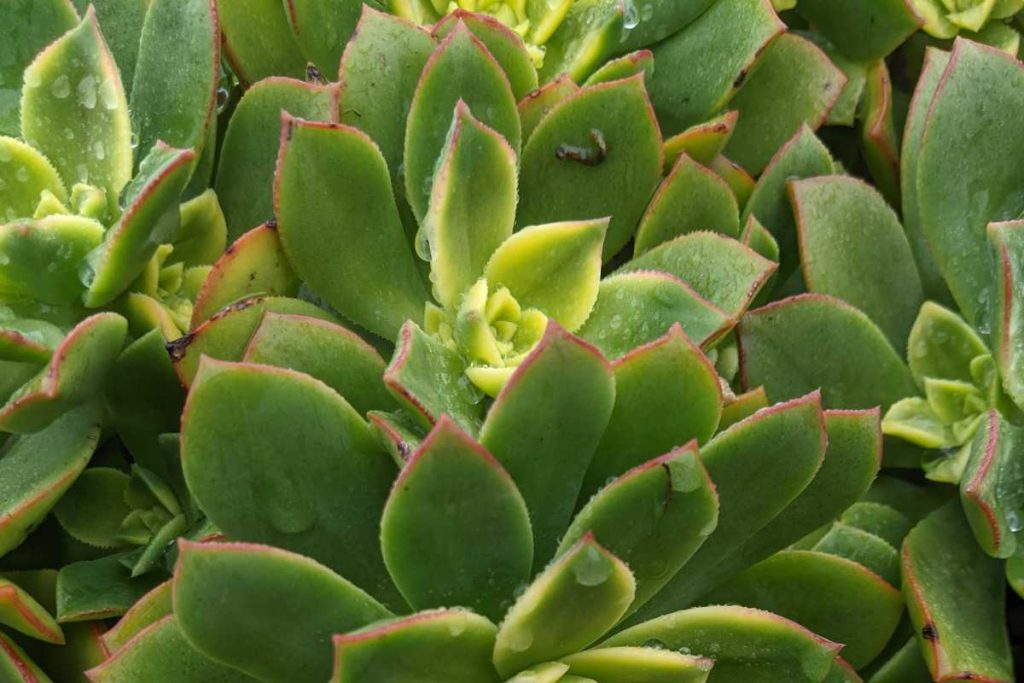
Nutrient-poor soil
Succulents do not need rich, fertile soil. A soil with limited nutrients is best as it helps prevent root rot. Fertilizer can be added once you plant succulents in the ground and they are well established. Even then, you may not need to fertilize them at all depending on how fertile your soil is already.
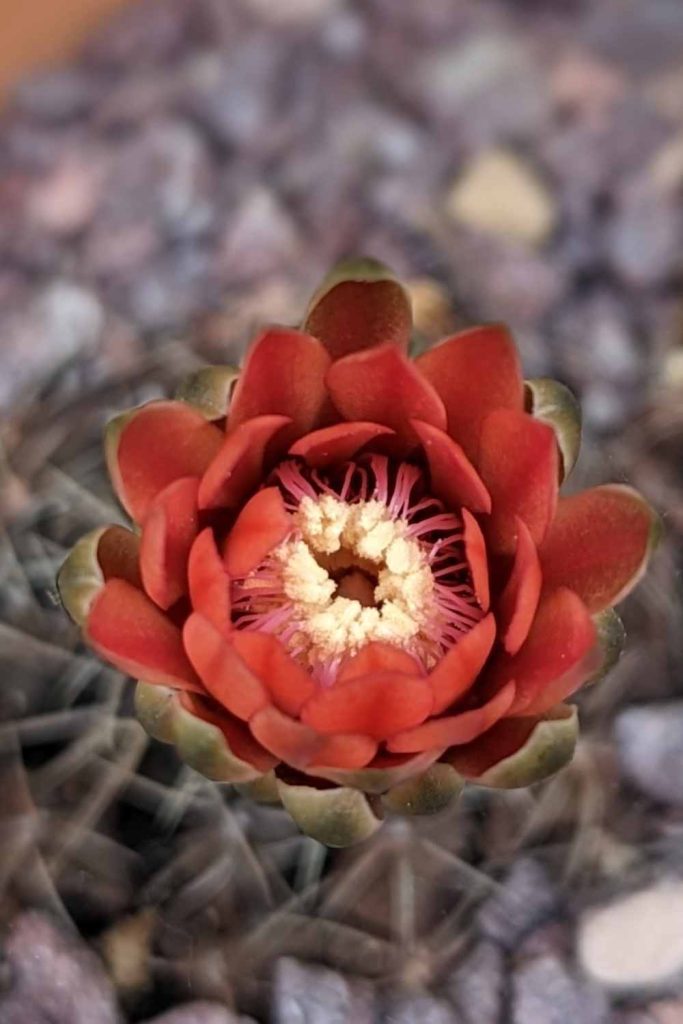
pH level
Succulents do best in slightly acidic to neutral soil with a pH between 6 and 7.5. Alkaline soil with a pH higher than 7.5 needs sulfur or iron sulfate to lower the pH before planting.
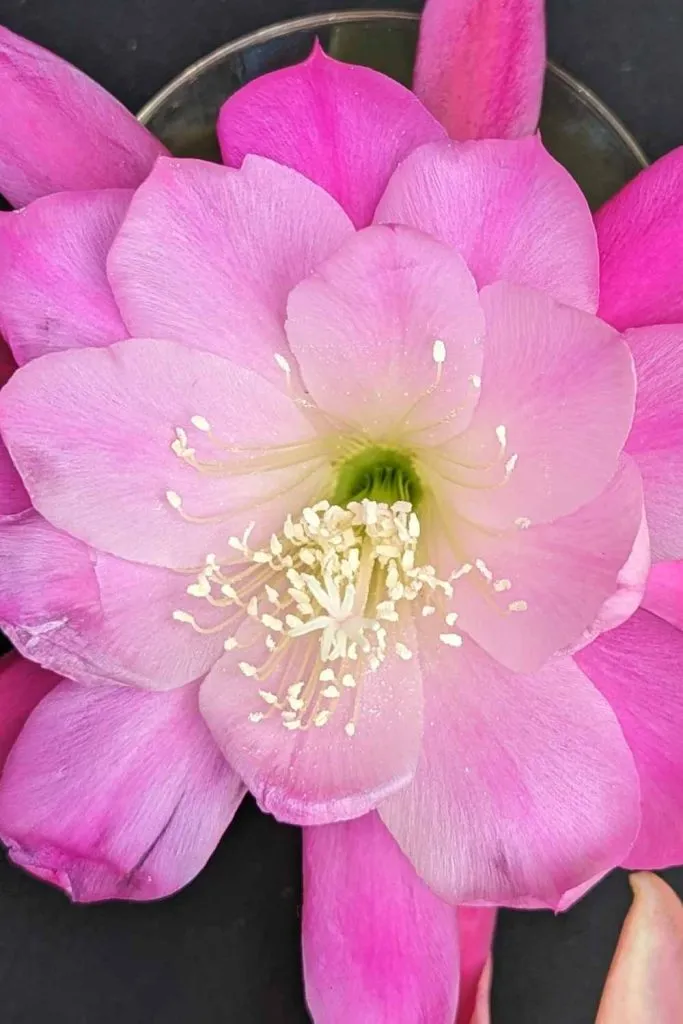
Planting Techniques
Spacing
When you plant succulents in the ground, place them about 6 to 18 inches apart depending on the full size of the plant. This allows for adequate air circulation and room for growth. Some succulents can spread out as they grow and may need 12 inches or more between plants.
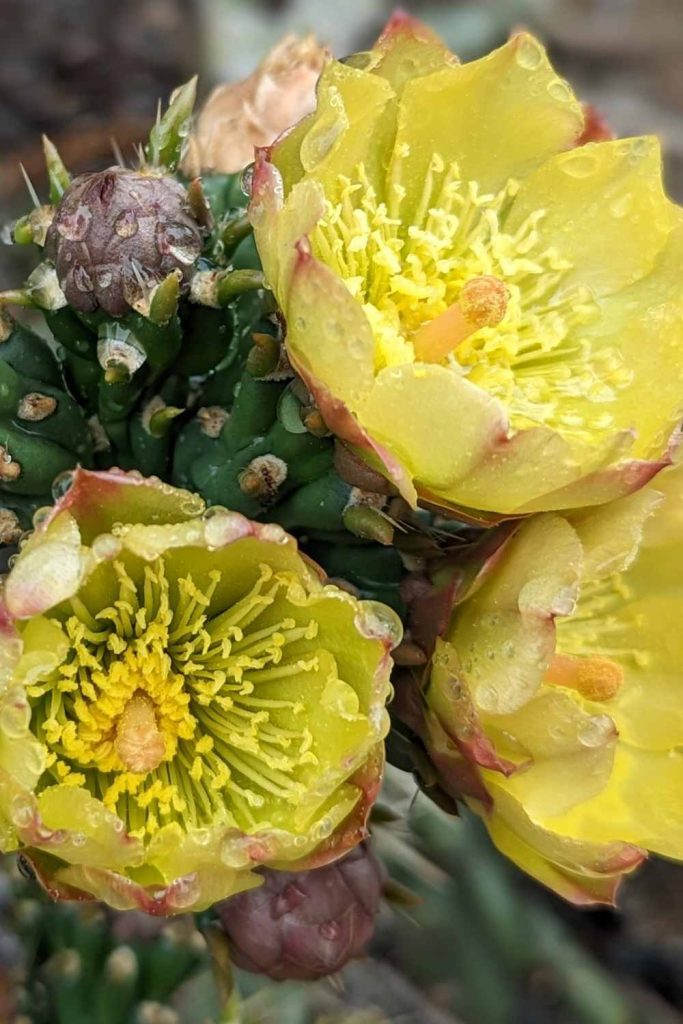
Depth
Bury the roots but not the rosette or stem of the succulent. Plant so the base of the rosette or where the stem meets the roots is at or slightly below the soil level. Burying the rosette or stem can cause rotting.
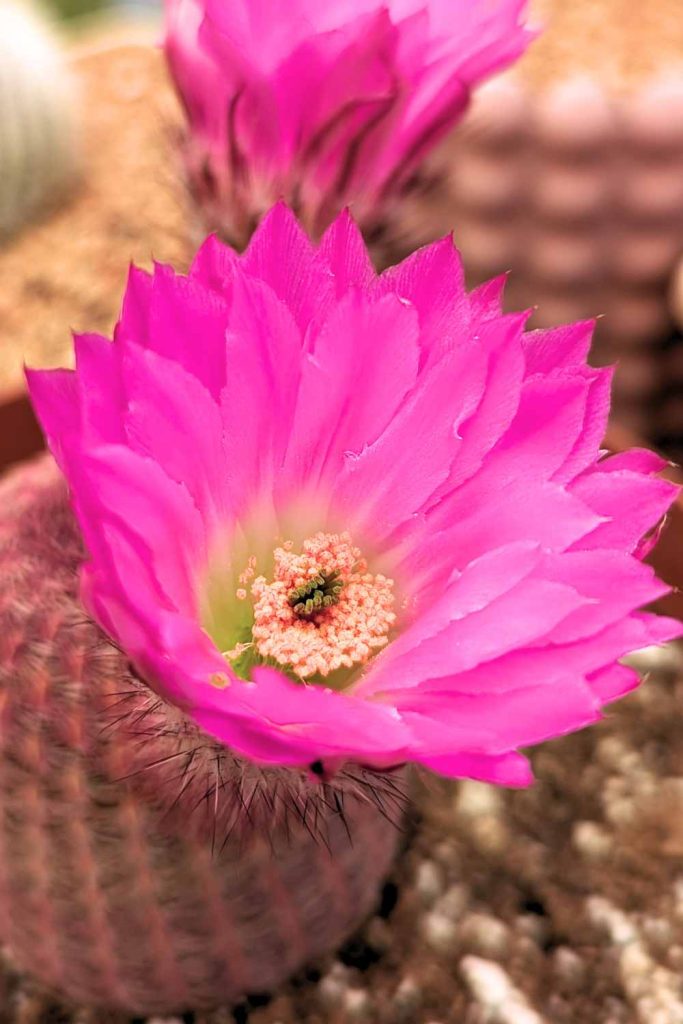
Watering
How often?
Water the succulents thoroughly a few days after planting and do not water again until the top few inches of soil are dry. For most succulents, this means watering once every 1 to 2 weeks. Don’t water on a tame based schedule through. Always wait for the succulents to show signs that they need water before you do so.
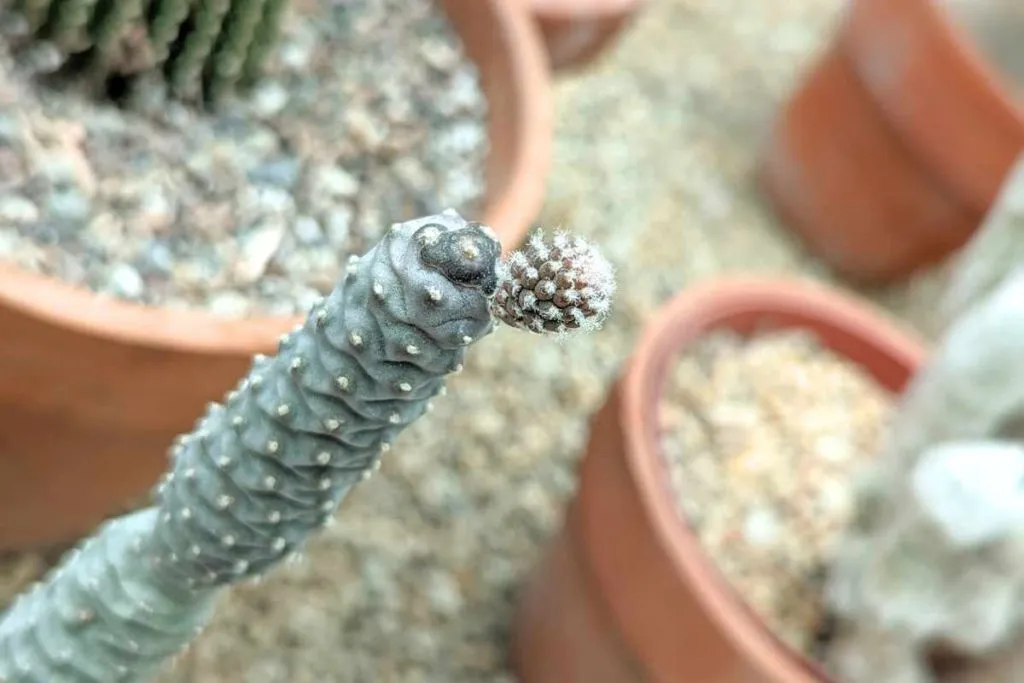
How much?
Water succulents deeply but do not leave the soil soggy. Aim to water until it flows out the drainage holes at the bottom of the pot or see the soil darken in color. For outdoor succulents, it is best to water in the morning to give the soil enough time to dry during the day.
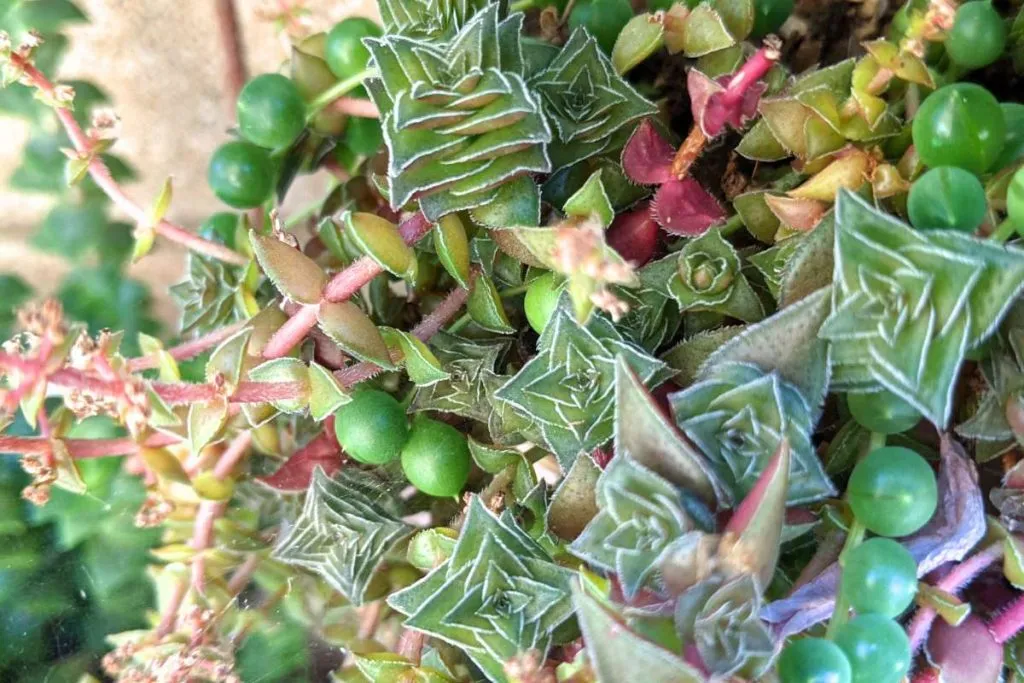
Fertilizing
Do not fertilize newly planted succulents. Wait until the succulents are established, usually 2 to 3 months after planting before fertilizing during the active growing seasons of spring and summer. Use a balanced, all-purpose fertilizer once a month at 1/2 the recommended strength.
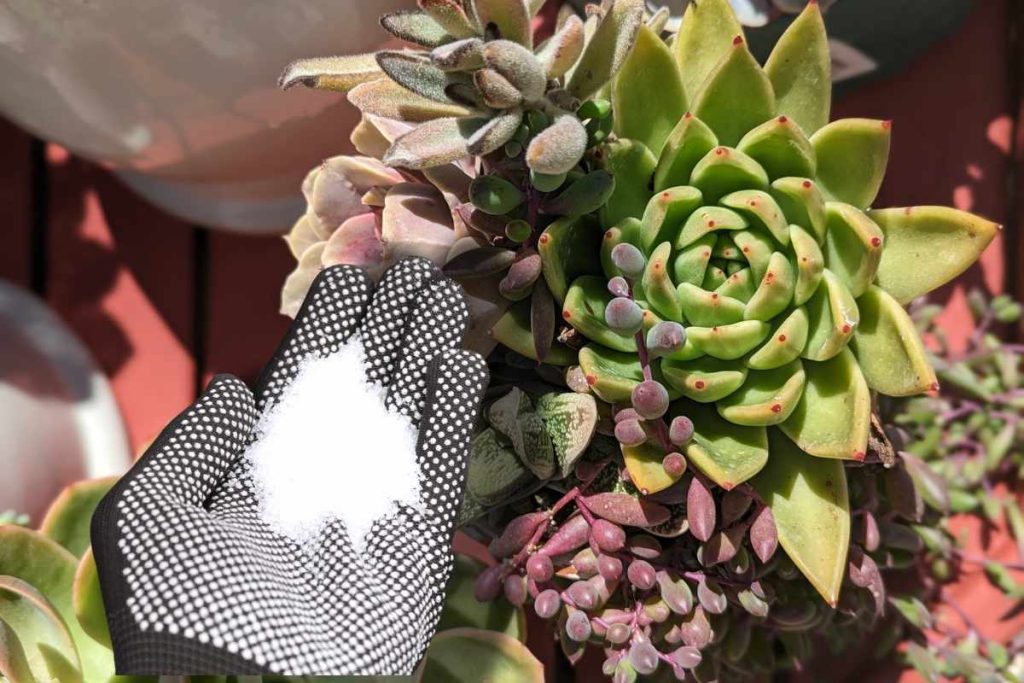
Pruning
Prune succulents only to remove dead or dying leaves or stems. Limit pruning especially within a few months of planting as it can stress the plant. Only prune if necessary during the first growing season.
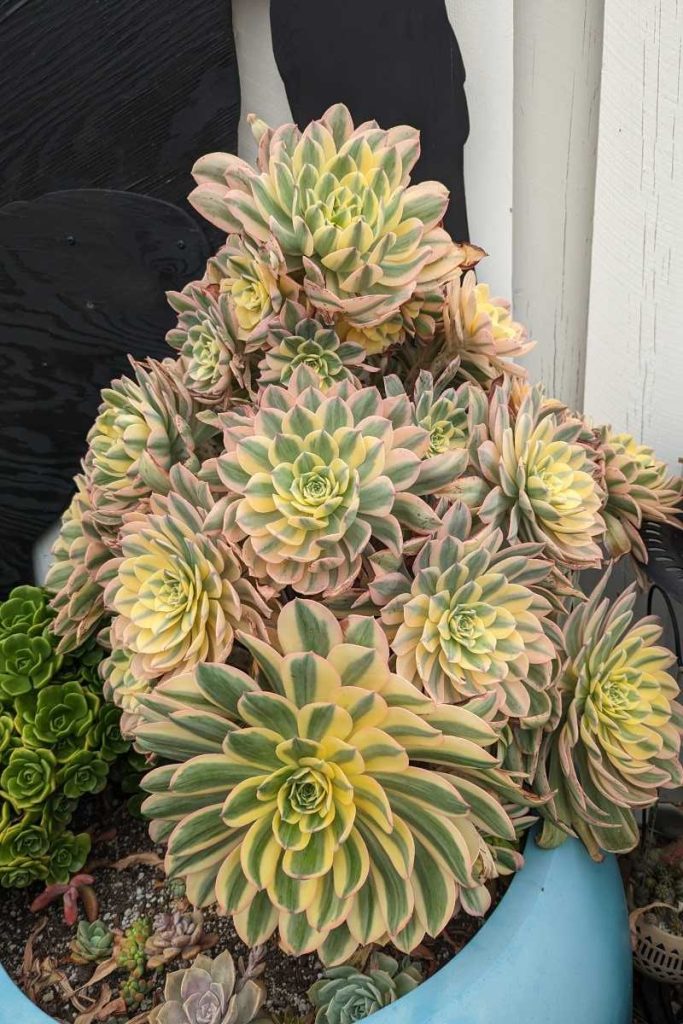
Repotting
Repot if necessary in the spring before moving succulents outside. Succulents that have overgrown their containers need a container one size larger and fresh, well-draining potting mix. Limit repotting newly planted outdoor succulents. Wait until the second growing season before repotting, if needed. This would be a good time to move them from their pots and plant succulents directly in the ground if you want.
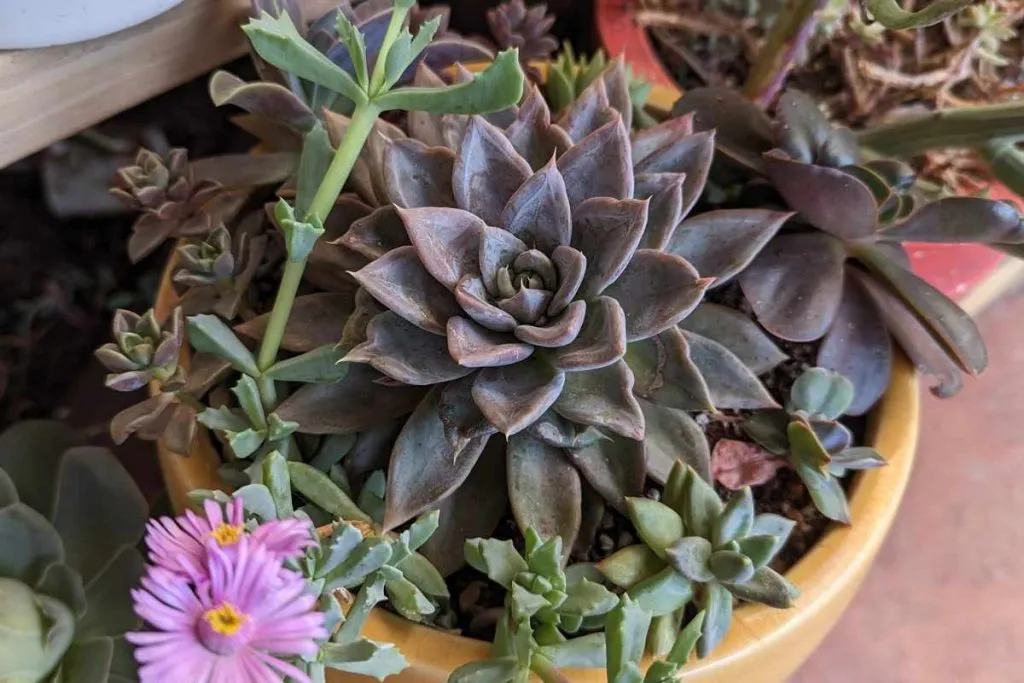
Types of Succulents to Plant Outdoors
Sedum
A low-growing, spreading succulent that comes in colorful varieties like ‘Dragon’s Blood’ and ‘Autumn Joy’. Tolerates partial shade and drought.
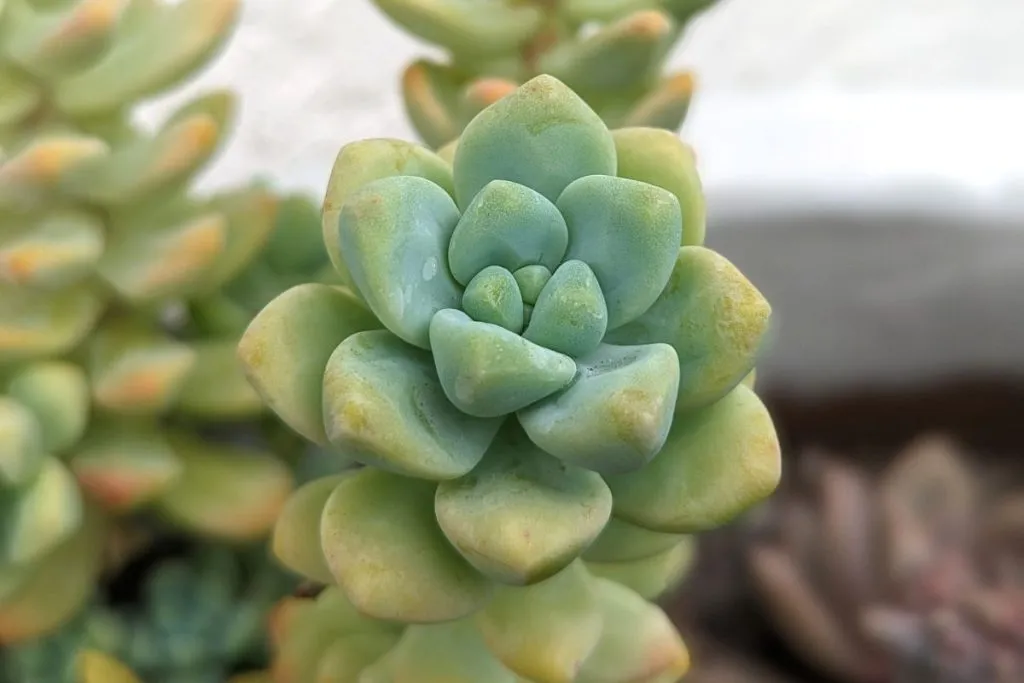
Echeveria
Rosette-forming succulents that produce colorful leaves and flowers. Some varieties include ‘Dusty Rose’, ‘Perle von Nurnberg’ and ‘Blue Atoll’. Needs full sun and well-draining soil.
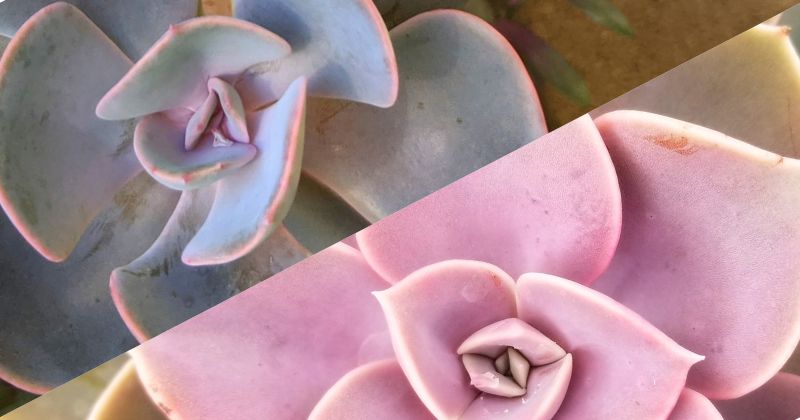
Crassula
Includes ‘Jade Plant’ and ‘Red Pagoda’ with rounded, fleshy leaves. Easy to care for, needs sun and moderate water.
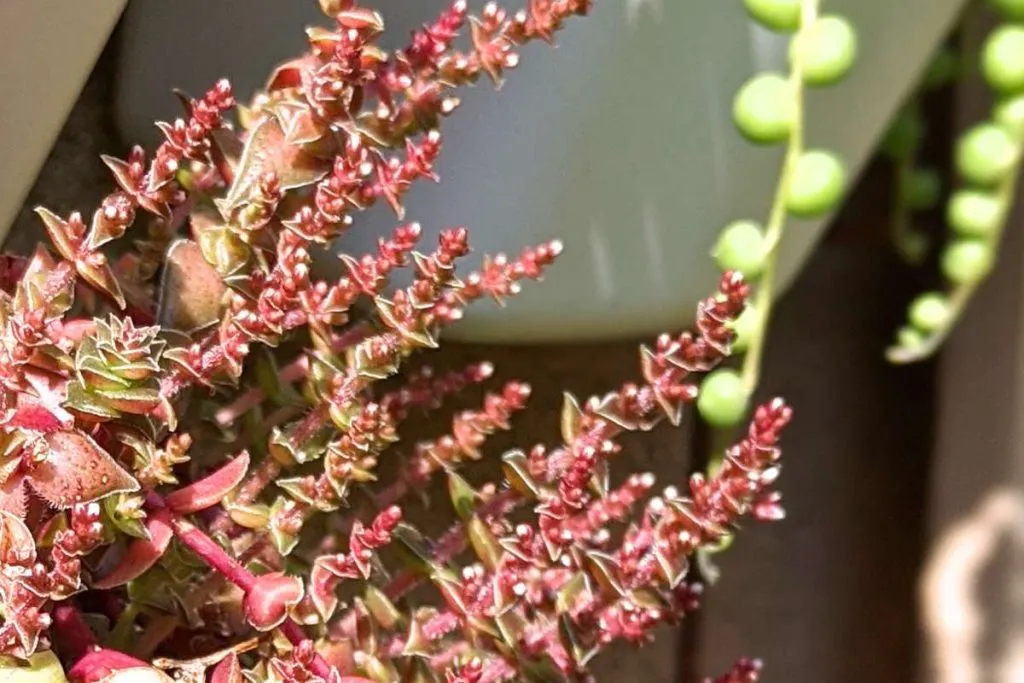
Aeonium
Aeonium produce rosettes of leaves at the ends of stems. The ‘Zwartkop’ variety has dark purple, nearly black leaves. Requires partial shade and average water. Summer dormant and come alive in cooler weather.
